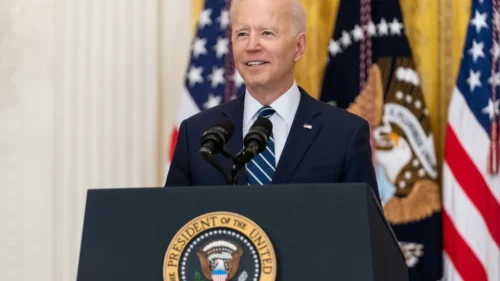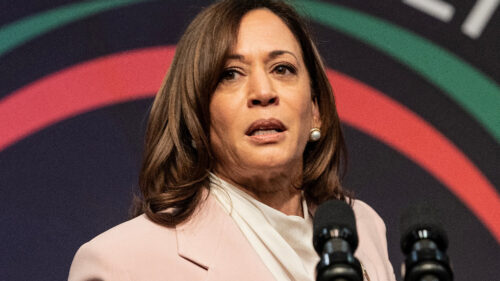In the past few weeks, the US presidential election has gone from odd to mad. The Democratic candidate, incumbent US President Joe Biden, withdrew from the race — an event unprecedented in US history. Biden’s erratic performances during a televised debate with former President Donald Trump and at a NATO summit press conference led many Democrats to believe he was no longer fit to run again. Donors, party leaders and political influencers called for him to throw in the towel. Biden resisted, but eventually, former Speaker of the House Nancy Pelosi and former President Barack Obama exerted enough pressure on Biden to step down.
Vice President Kamala Harris has succeeded Biden as the presumptive Democratic nominee. She rapidly amassed broad support from donors and party leaders. Still, although the party is trying to broadcast a message of unity, the struggle between party leaders has revealed a cleft between factions.
On the Republican side, Trump survived a brush with death after an assassin’s bullet missed his skull. A million-dollar photograph of Trump, bleeding from his right ear, pumping his fist with Old Glory in the background has galvanized Republicans. Trump’s popularity increased further after the Republican National Convention, which resonated with his core base. Meanwhile, Silicon Valley entrepreneurs like Elon Musk and the Winklevoss brothers pledged significant financial support.
Trump has selected Senator J.D. Vance as his running mate. The inclusion of the Ohio native and author of the bestselling memoir Hillbilly Elegy strengthens his appeal among working-class voters. Vance, whose wife has Telugu roots, may also pull in support from parts of the Indian diaspora. This will be still more important now that the Democratic candidate is an Indian-American.
Personality, policy and identity politics
Harris is doing well in the polls, but popularity is not everything. In the US, the candidate who wins the most votes does not win, but rather the candidate who wins the most electors, which are decided state-by-state. This means that votes in solidly Republican and Democratic states have little influence on the outcome. Instead, a few key swing states like Pennsylvania, Ohio, Michigan and possibly Arizona or Nevada will be decisive. Doing well in national polls does not necessarily translate to doing well in these heterogeneous regions scattered across the country. The candidates’ success depends on appealing to voters in these states, focusing on issues such as the economy, immigration, and social concerns.
Voters identify economic concerns, particularly inflation and the cost of living, as key issues influencing their decisions. Across party lines, pundits expect immigration to play a significant role. While social issues like abortion and green energy matter to specific voter segments, economic issues will likely be the primary focus of the election.
Aside from policy, however, personality and identity politics will also have their impact on the election. Trump’s bombastic, controversial and idiosyncratic personality and Harris’s multicultural appeal as a Indian- and black american could influence voter perceptions. The candidates’ positions on issues like Israel and India could also affect their support among specific diaspora communities.
Despite Trump’s modest current advantage in the polls, the recent changes in the Democratic landscape make the outcome hard to predict. Harris faces challenges regarding her track record and perceived weaknesses. Still, he has shown an ability to secure funding and unite the Democratic base. The candidates’ ability to address key issues and mobilize voters in crucial swing states will determine the outcome of a probably closely contested election.
[Peter Choi wrote the first draft of this piece.]
The views expressed in this article/podcast are the author’s own and do not necessarily reflect Fair Observer’s editorial policy.

















Comment